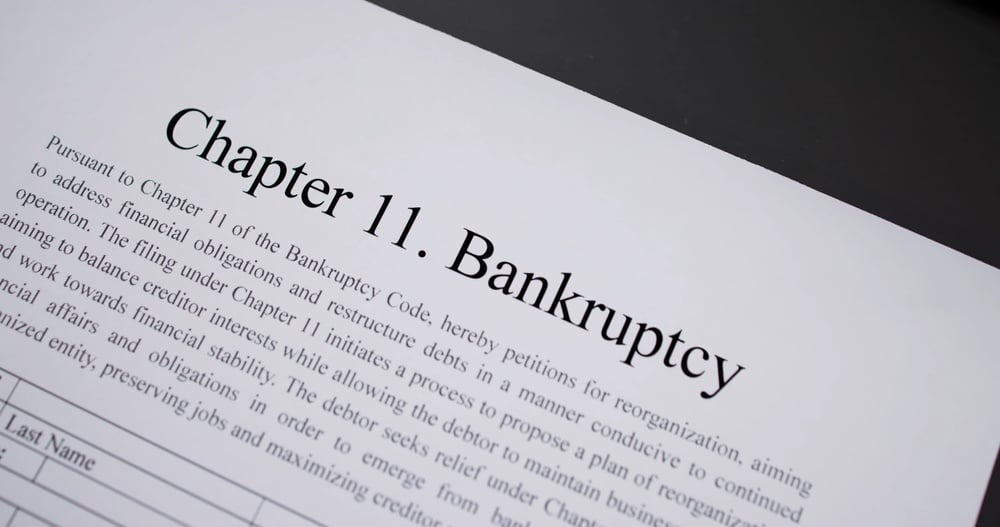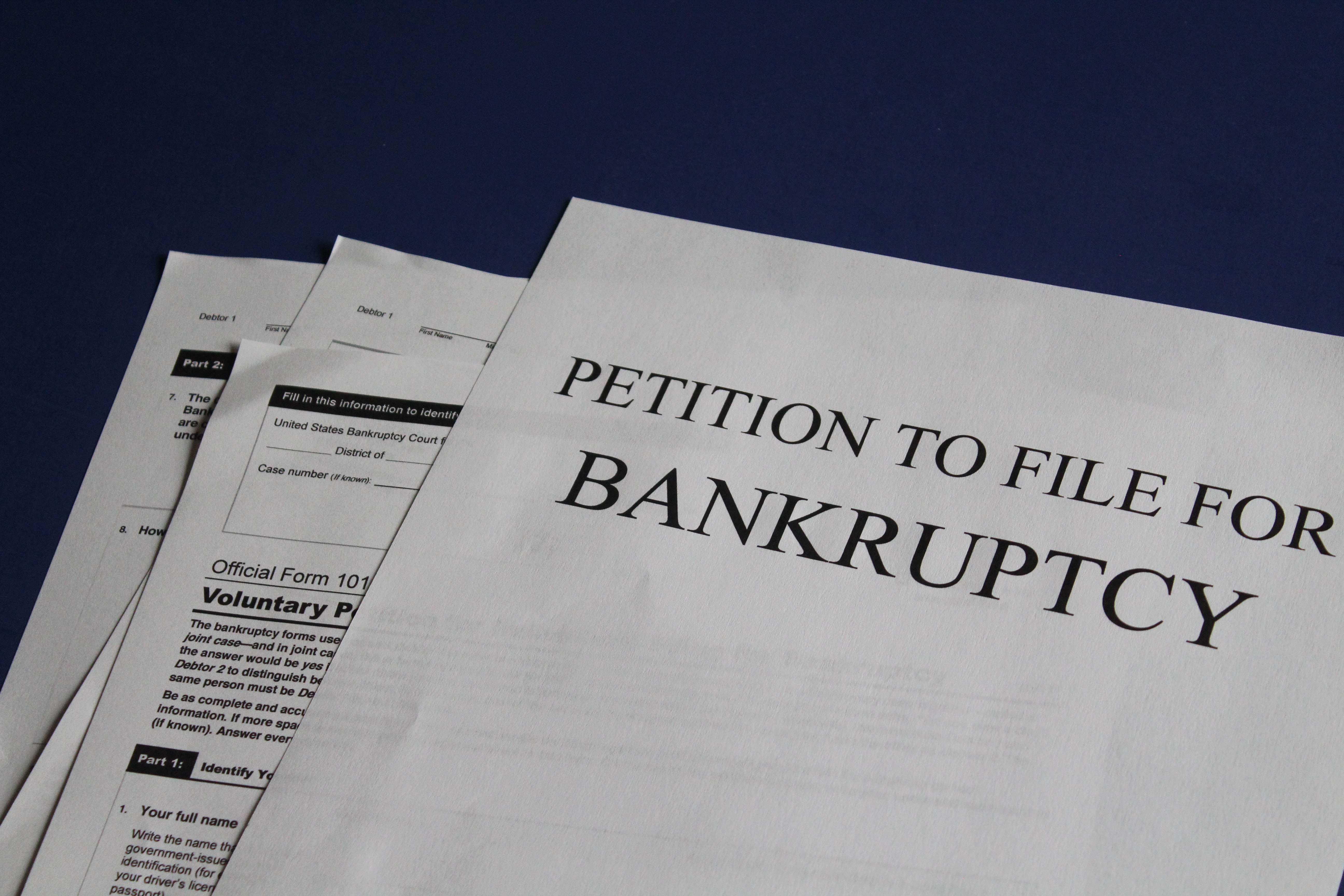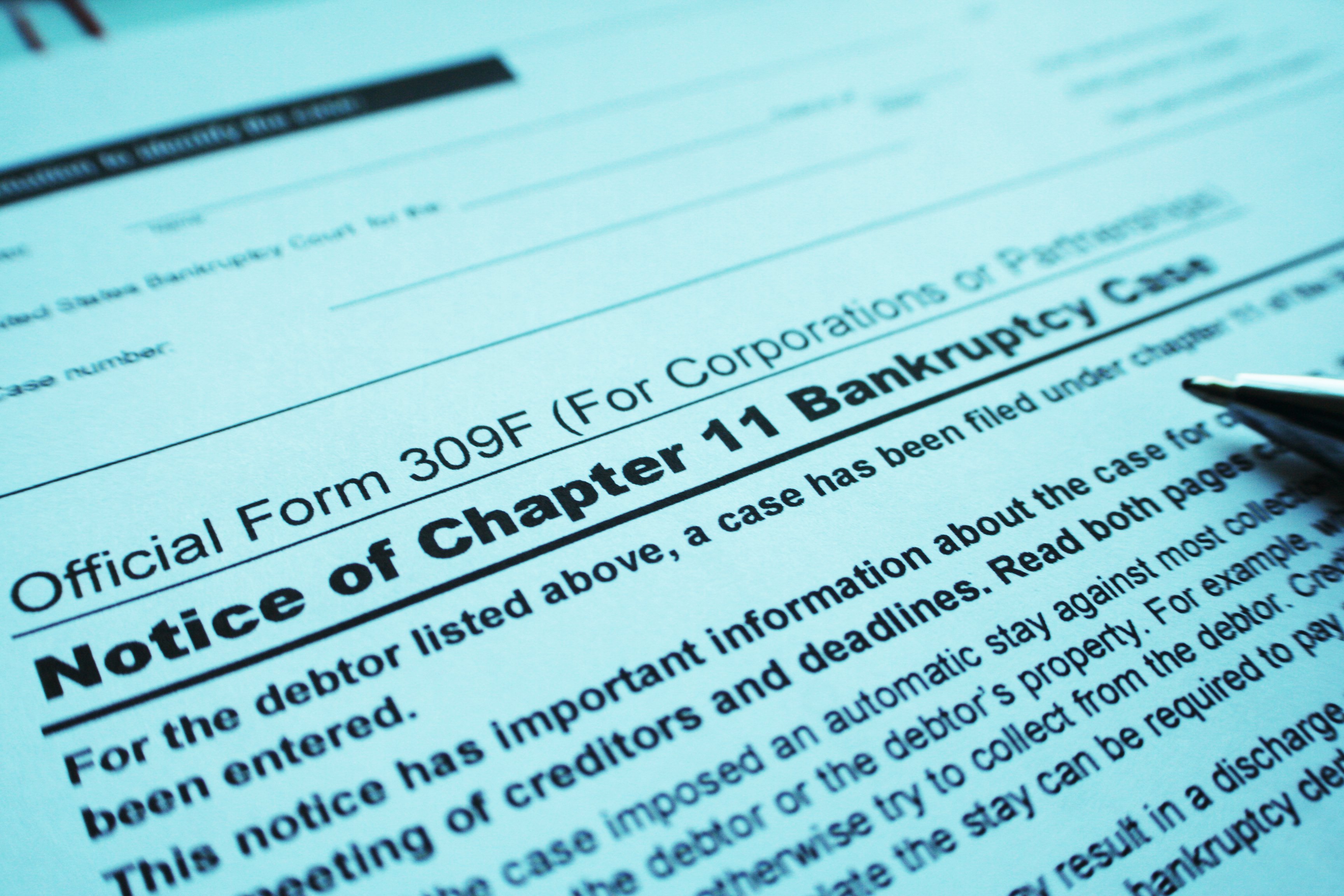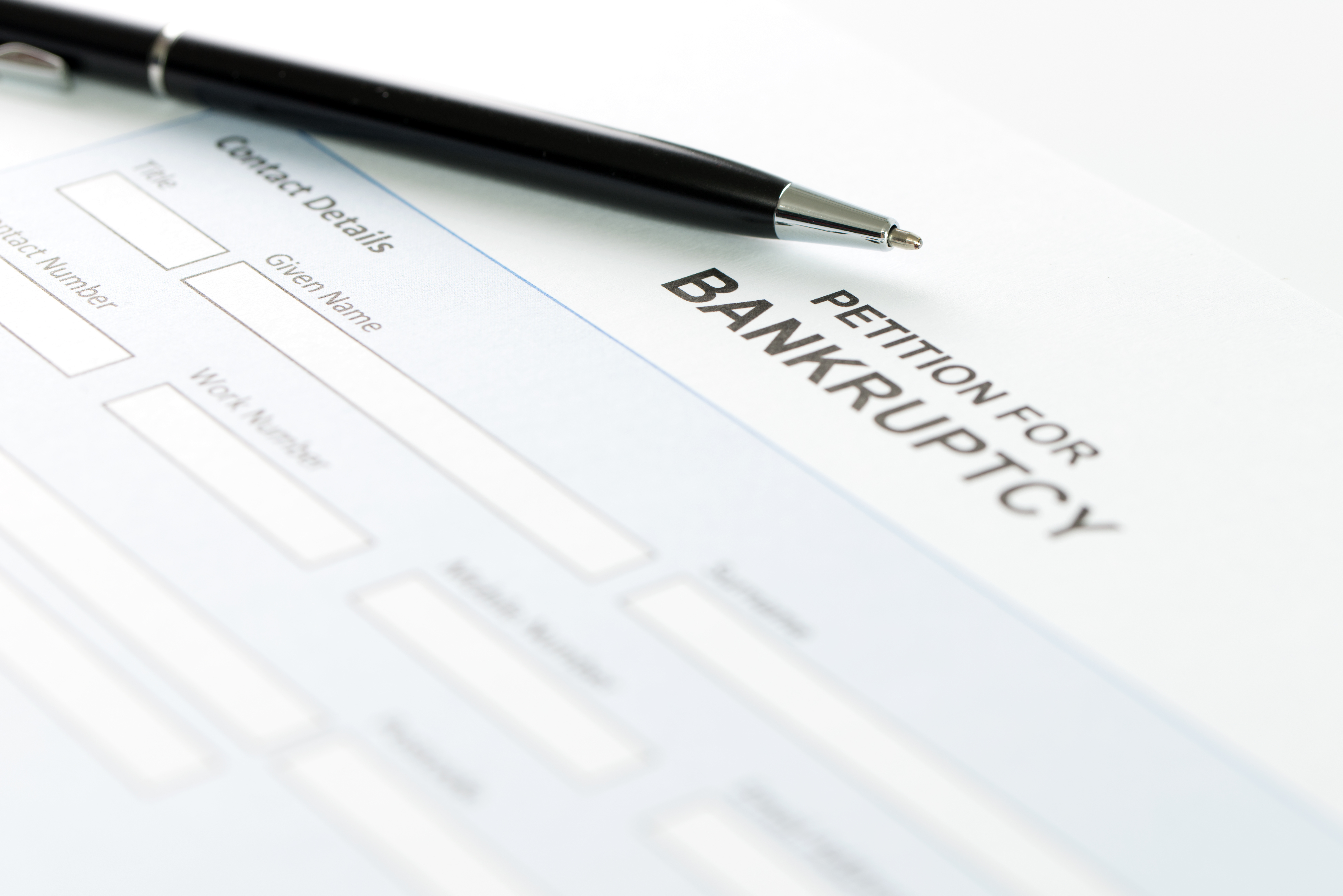Bankruptcy Blog
STAY INFORMED
The Lane Law Firm Blog
Apr 24, 2025
Small Business Chapter 11 Bankruptcy: How Local Lawyers Can Help You Reorganize and Save Your Business
Running a small business is challenging—long hours, endless responsibilities, and financial risks...
Apr 17, 2025
Debating Debt Restructuring? Here's a Guide for Dentists
COVID-19 fundamentally altered the business landscape for many industries, and the dental sector is...
Apr 2, 2025
New Changes to Chapter 11 Subchapter V
Every three years on April 1st, the dollar amounts listed in the Bankruptcy Code are adjusted to...
Dec 6, 2024
What's Changed In Subchapter V Business Bankruptcy
Deciding to file for business bankruptcy is never straightforward. However, it's reassuring to know...
Sep 11, 2024
When Should I File for Business Bankruptcy?
No business wants to file for bankruptcy. But when debts are piling up, and you just can’t seem to...
Sep 26, 2023
Atlantic Worldwide Shipping Saved Through Chapter 11 Reorganization
Atlantic Worldwide Shipping LLC faced substantial challenges in effectively managing their cash...
Aug 24, 2023
Does Business Bankruptcy Affect Personal Assets?
Just the thought of having to file business bankruptcy is stressful and overwhelming for most...
Jun 13, 2023
Can Accountants Recommend Bankruptcy?
As an accountant, it's your duty to provide your clients with the best possible financial support...
Mar 9, 2023
Case Study: An MCA Debt Trap - How a Healthcare Business Survived It
No business owner anticipates filing for bankruptcy. However, when faced with unexpected challenges...
Jan 24, 2023
Can a Business File for Bankruptcy and Stay Open?
With all its negative connotations, many business owners hesitate to file for bankruptcy. But when...









